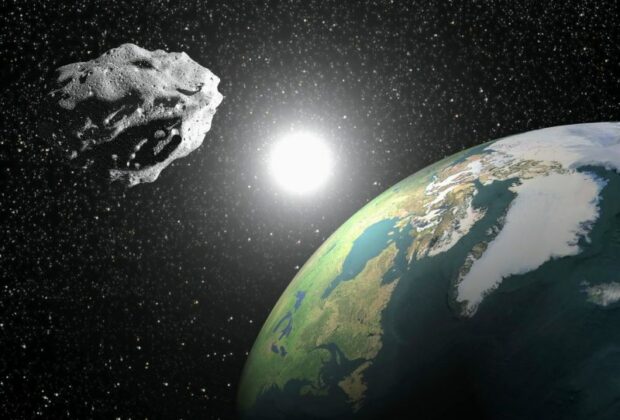This week, an extremely near encounter between the Earth and the moon revealed a recently found asteroid.
An asteroid known as 2024 CY1 passed within 75,278 miles (121,148 kilometers) of Earth on Monday, February 12. This is approximately 31% of the “lunar distance,” or the average distance between Earth and the moon (238,855 miles; 384,400 km), that is known to exist. The Virtual Telescope Project reports that at 2:24 a.m. ET (0724 GMT), the asteroid made a near encounter.
Just three days before its near approach, on February 9, the asteroid 2024 CY1 was identified. Utilizing the Pan-STARRS 2 telescope, which is situated close to Haleakala’s summit on the Hawaiian island of Maui, astronomers were able to identify the asteroid. According to The Watchers, this is the third known asteroid of 2024 to pass Earth in less than a lunar orbit; this makes 10 total.
The goal of Pan-STARRS 2, an acronym for Panoramic Survey Telescope and Rapid Response System, is to search for near-Earth objects (NEOs) that could potentially hit Earth, including comets and asteroids.
Asteroids, which vary in size from roughly 10 feet (3 meters) to over 25 miles (40 km) across, make up the majority of near-Earth objects. With a diameter of between 3.8 and 8.4 meters (12.5 to 27.5 feet), 2024 CY1 is a relatively minor asteroid that does not present a threat to Earth.
Near-Earth objects can go through Earth’s orbit because their orbits bring them to within 120 million miles (195 million km) of the sun. Astronomical units (AU) are used to measure the separation between Earth and the sun. One AU is equivalent to roughly 93 million miles (150 million km). 2024 CY1 flew by recently, covering a distance of 0.00081 AU.
The Apollo group of near-Earth asteroids, which contains asteroids that traverse Earth’s orbit, includes the asteroid 2024 CY1. Astronomers can calculate an object’s orbit and evaluate whether or not it could approach Earth by using tools like Pan-STARRS 2.








